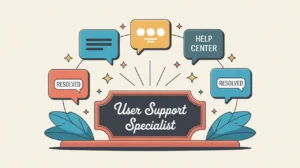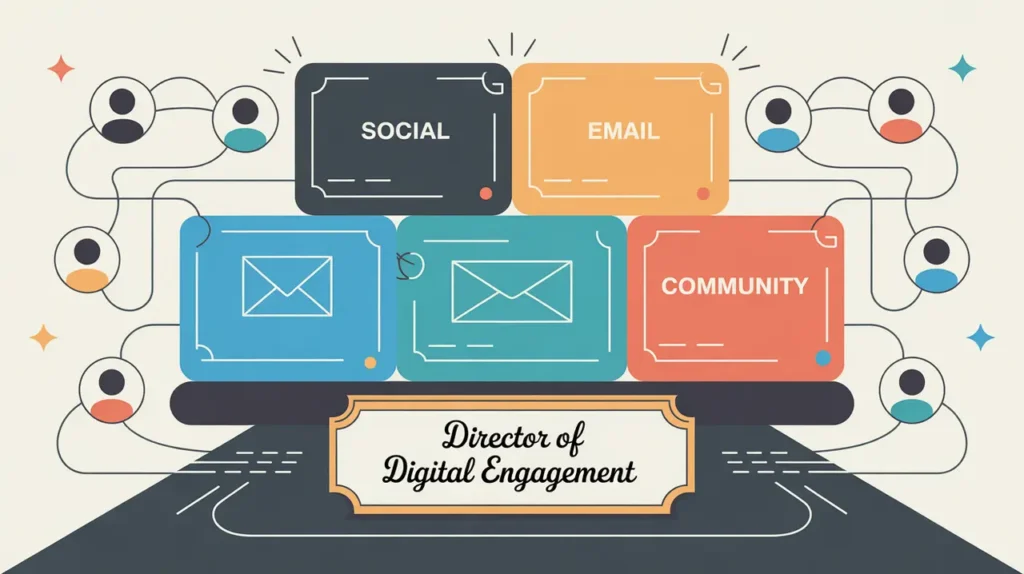What Does the Chief Policy Officer Role Involve?
A chief policy officer (CPO) is responsible for shaping and leading an organization’s policy agenda, ensuring that its mission and strategy are effectively advanced through policy engagement, advocacy, and thought leadership. This involves overseeing policy analysis, legislative engagement, coalition building, regulatory strategy, and external representation. The CPO ensures that the organization’s voice is influential in shaping policy environments that affect its work, while also helping internal teams understand and respond to policy developments. They work closely with the CEO, executive team, program leads, and external stakeholders to align policy priorities with organizational goals. In both nonprofits and social enterprises, the chief policy officer plays a pivotal role in bridging mission with systems-level change.
At What Level does this Role Operate?
Executive Level: This role operates at the highest level of organizational leadership, typically reporting to the CEO and serving as part of the executive team. The CPO leads policy strategy and external engagement, working across departments to align organizational programs and advocacy efforts with broader policy objectives.
Relative Employability: Executive policy leadership roles are in strong demand across nonprofits, social enterprises, philanthropic institutions, and international NGOs. Organizations increasingly seek leaders who can navigate complex policy environments, influence systems, and build coalitions that amplify their mission.
Relative Pay Scale: Within nonprofits and social enterprises, chief policy officer roles sit in the upper executive pay bands, reflecting their strategic influence and external leadership responsibilities.
What are the Key Responsibilities and Activities?
- Define and lead the organization’s policy agenda and strategy, aligned with mission and strategic priorities
- Oversee policy research, analysis, and monitoring to inform organizational strategy and positioning
- Build and manage relationships with policymakers, coalitions, and strategic partners
- Represent the organization in legislative, regulatory, and public policy forums
- Advise executive leadership and program teams on policy trends, risks, and opportunities
- Coordinate advocacy efforts to ensure coherent and effective engagement across programs and regions
- Develop external communications and thought leadership strategies related to policy priorities
- Ensure compliance with lobbying regulations and advocacy standards
What Core Competencies and Qualifications are Needed?
Required Qualifications and Experience
The following reflect common qualifications and experience expected for this role, while recognizing that pathways may vary by context, organization, and region.
- Relevant academic background in public policy, law, political science, international relations, or a related field, or equivalent professional experience
- Extensive leadership experience in policy development, advocacy, or government relations
- Deep understanding of legislative and regulatory processes at relevant levels (local, national, or international)
- Proven ability to build and manage coalitions, partnerships, and external relationships
- Experience advising senior leadership on policy strategy and organizational positioning
Key Competencies
- Strategic policy leadership and systems thinking
- Excellent communication, negotiation, and relationship-building skills
- Strong analytical and policy analysis capabilities
- Political acumen and ability to navigate complex policy environments
- Cross-functional leadership and coalition-building expertise
- Commitment to mission and social or systemic change
How are AI and Automation Shaping this Role?
An AI-native chief policy officer will look to AI and automation to enhance policy monitoring, intelligence gathering, and strategic foresight. They can use AI tools to scan legislative developments, identify emerging trends, and map stakeholder networks in real time. Automation can support policy tracking, reporting, and communications workflows, enabling the CPO to focus on strategy, coalition building, and influence. By integrating AI thoughtfully, CPOs can position their organizations to be more agile and effective in rapidly evolving policy landscapes.
What Career Pathways and Transferable Skills are Associated with this Role?
Chief policy officer roles are senior leadership positions that blend strategy, advocacy, and systems-level influence. From this role, professionals may advance to CEO, external affairs leadership, or policy advisory positions in government, multilateral institutions, or philanthropic organizations. The combination of strategic policy leadership, coalition building, and external representation developed in this role is transferable across nonprofits, social enterprises, think tanks, public institutions, and global organizations.







